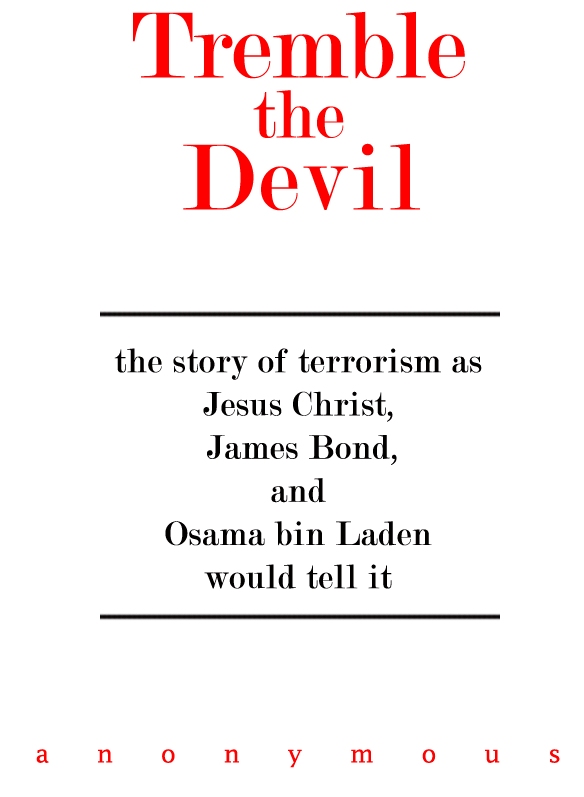Whites could drink as much as they pleased – as well as use opiates and cocaine, but if you were a minority in much of antebellum America you were prohibited from imbibing or using any drug at all.
At the time it was a widely held belief in American politics that some races, bless their brown souls, simply couldn’t control themselves. Furthering the codification of this perception, in 1901 Henry Cabot Lodge spearheaded a law in the U.S. Senate banning the sale of liquor and now opiates as well to all “uncivilized races.”
In this case, “uncivilized” was synonymous with “dark.” At this point in American history, whites could get as drunk, high, or smacked as they wanted – while the brown-skinned members of American society were completely banned from consuming any intoxicant.
Throughout the first half of the 20th Century, any violence carried out by a black man against a white could be attributed to the commonly-held caricature of a “cocaine-crazed negro.” Newspaper headlines screamed of coked-up black criminals who were SHOT BUT DON’T DIE!, and policemen claiming that WE NEED BIGGER BULLETS! because their current caliber wasn’t large enough to stop the crack-crazed negroes they routinely came up against in the line of duty.
However blacks weren’t singled out as a racial minority, the first anti-marijuana laws targeted the wave of Mexican immigrants who were spreading across the American South. They were seen, then as now, to be stealing jobs and government resources from resident whites, and so politicians from that region of the country first banned marijuana use by minorities alone, and then eventually altogether.

Nixon’s public claim that the War on Drugs was primarily a response to the growing number of addicted veterans was at best a lie of omission. Taking into account past legal precedent, and the fact that American urban centers were being wracked by a series of seemingly unending race riots, it becomes self-evident that the War on Drugs was simply another page in the story of American anti-drug laws that has always been rooted in racism.
Then in 1973, with Nixon desperately attempting to spin his way out of Watergate, New York Governor Nelson Rockefeller passed a set of laws that were soon mimicked by several other states and eventually the entire federal government.
They were minimum sentencing laws for drug crimes that, partially because they included a fifteen-year prison term for possessing even a small amount of narcotics, were the harshest the country had ever seen. The per-capita prison population of the United States remained constant from 1930 to right around 1973, at which point the graph begins an exponential climb that grows steeper and steeper with every passing year.

These counter-narcotics laws that, both by design and in practice, fueled an explosion in our prison population – a population which started disproportionately black – with 90% of those incarcerated under the Rockefeller laws either Latino or black – and only growing to become more so as the years passed. Between 1979 and 1990 blacks made up a steady percent of our overall population, but between those same years blacks went from making up 39% of our drug-related prison population to 53% of it.2
Today that number’s down to 51.2%. An improvement, but hardly.
Through the 1980s this disparate growth was fueled by the Anti-Drug Abuse Act, one of the hundreds of crime bills passed by state and Congressional legislatures in the 1980s and 1990s. The Anti-Drug Abuse Act imposed the first of the mandatory minimum sentencing laws, here five-years in prison without chance of parole for anyone caught selling a substantial-enough amount of heroin, methamphetamine, marijuana, or cocaine. This last drug, cocaine, had a unique provision.
You’d receive the same unparolable five-year sentence for selling either 5 grams of crack cocaine as you would selling one-hundred times that much – 500 grams – of powder cocaine. Crack and powder cocaine are pharmacologically the exact same drug, there’re only two important differences. One is that crack cocaine is smoked while powder cocaine is snorted. The other is a bit more telling. Powder cocaine was mainly consumed by whites, whereas crack cocaine was the form of choice for innercity blacks.
Critics, for good reason, blasted the law as shamelessly racist.3
America introduced a solution to civil disorder and social injustice that wasn’t novel, it’s simply grown to become unmatched in scale. By 2003, the percentage of our population in prison dwarfed England’s level, our international neighbor whose culture and mores are closest to ours.
We have, proportionally, six-times the population locked up behind bars as our tea-sipping crumpet-munching cousins across the pond. For France and Germany, the difference approaches ten-times as many.
Our prison population has increased five-fold in just thirty years. In terms of the global population, we have just 5% of that but fully a quarter of the world’s prisoners.22 And these American prisoners have one common and inescapable denominator that you’ve almost certainly already stereotyped them with – but for good reason. The stereotype of the black male American prisoner is, among other things, an accurate reflection of reality.















